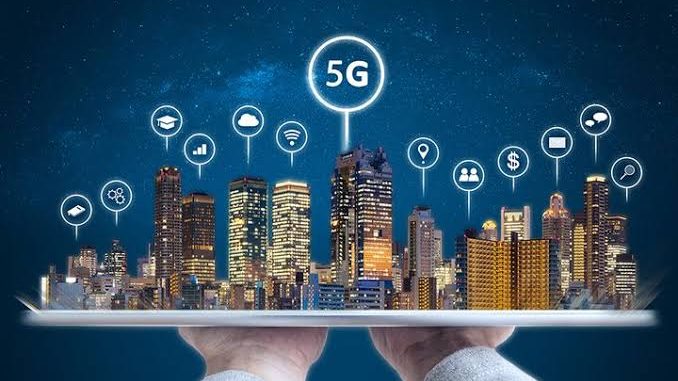
1. Real-time Data Collection and Monitoring: With faster speeds andb more reliable connections, 5G allows for real-time monitoring of urban systems like traffic lights, public transportation, waste management, and energy grids. This makes it easier to adjust in real-time for better efficiency.
2. Improved Public Services: Smart cities use IoT devices to monitor infrastructure, allowing cities to detect issues such as water leaks or damaged roads more quickly. 5G allows for large amounts of data from these sensors to be transmitted instantly to relevant authorities.
3. Autonomous Vehicles and Drones: 5G supports the growing trend of autonomous cars and delivery drones, which require constant, high-speed communication to function safely and efficiently. For example, real-time data on traffic patterns can be shared to optimize routes and prevent congestion.
4. Energy Management: Smart grids can optimize energy consumption and distribution, integrating renewable sources like solar and wind power more effectively. Buildings equipped with smart meters and sensors can reduce energy waste, making cities more sustainable.
5. Enhanced Public Safety: 5G allows the use of advanced surveillance systems, with high-definition video feeds analyzed in real-time to improve public safety and emergency response.
### More about Smart Cities
Smart cities are urban areas that leverage technology to increase efficiency, sustainability, and quality of life for residents. They rely heavily on IoT, artificial intelligence, and data analytics. Examples of existing smart city initiatives include Songdo in South Korea and Barcelona, which have implemented automated waste disposal, smart street lighting, and traffic systems.
The adoption of 5G is expected to accelerate the development of smart cities by enhancing the ability of systems to communicate and respond quickly. In essence, 5G is the backbone that will support the future of urban living, where everything from transportation to utilities is interconnected.
Smart cities aim to reduce resource consumption, improve government services, and boost the economy by creating tech-driven environments
1. Real-time Data Collection and Monitoring: With faster speeds andb more reliable connections, 5G allows for real-time monitoring of urban systems like traffic lights, public transportation, waste management, and energy grids. This makes it easier to adjust in real-time for better efficiency.
2. Improved Public Services: Smart cities use IoT devices to monitor infrastructure, allowing cities to detect issues such as water leaks or damaged roads more quickly. 5G allows for large amounts of data from these sensors to be transmitted instantly to relevant authorities.
3. Autonomous Vehicles and Drones: 5G supports the growing trend of autonomous cars and delivery drones, which require constant, high-speed communication to function safely and efficiently. For example, real-time data on traffic patterns can be shared to optimize routes and prevent congestion.
4. Energy Management: Smart grids can optimize energy consumption and distribution, integrating renewable sources like solar and wind power more effectively. Buildings equipped with smart meters and sensors can reduce energy waste, making cities more sustainable.
5. Enhanced Public Safety: 5G allows the use of advanced surveillance systems, with high-definition video feeds analyzed in real-time to improve public safety and emergency response.
### More about Smart Cities
Smart cities are urban areas that leverage technology to increase efficiency, sustainability, and quality of life for residents. They rely heavily on IoT, artificial intelligence, and data analytics. Examples of existing smart city initiatives include Songdo in South Korea and Barcelona, which have implemented automated waste disposal, smart street lighting, and traffic systems.
The adoption of 5G is expected to accelerate the development of smart cities by enhancing the ability of systems to communicate and respond quickly. In essence, 5G is the backbone that will support the future of urban living, where everything from transportation to utilities is interconnected.
Smart cities aim to reduce resource consumption, improve government services, and boost the economy by creating tech-driven environments